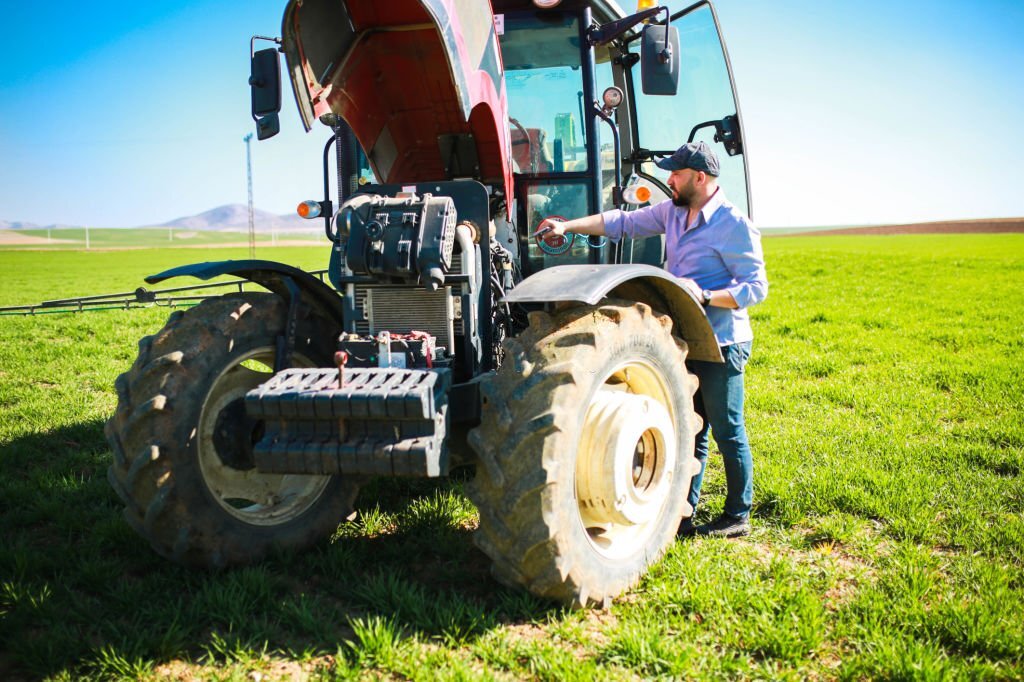
The use of agricultural equipment is governed by regulations and standards to ensure safety, promote compliance, and protect operators in the farming industry. These regulations and standards set forth guidelines, specifications, and requirements that manufacturers, operators, and employers must adhere to. By establishing clear guidelines for equipment maintenance, operator training, and safety protocols, regulations and standards play a crucial role in safeguarding the well-being of individuals involved in agricultural operations. In this article, we will explore the regulations and standards governing the use of agricultural equipment.
1. Occupational Safety and Health Administration (OSHA):
In the United States, the Occupational Safety and Health Administration (OSHA) is responsible for ensuring safe and healthy working conditions. OSHA sets forth regulations and standards that govern the use of agricultural equipment, including guidelines for operator training, equipment maintenance, hazard communication, and personal protective equipment (PPE). Compliance with OSHA regulations helps protect workers from potential hazards associated with agricultural equipment operations.
2. American National Standards Institute (ANSI):
The American National Standards Institute (ANSI) develops voluntary consensus standards for various industries, including agriculture. ANSI standards often address specific equipment and safety requirements, ensuring that agricultural machinery meets certain performance, design, and safety criteria. Compliance with ANSI standards demonstrates a commitment to quality, safety, and industry best practices.
3. International Organization for Standardization (ISO):
The International Organization for Standardization (ISO) develops international standards that provide guidance for various aspects of agricultural equipment and operations. ISO standards cover areas such as safety symbols, operator controls, environmental considerations, and quality management systems. These standards help ensure consistency, safety, and efficiency in agricultural practices on a global scale.
4. Equipment Maintenance and Inspection Requirements:
Regulations and standards also address the importance of equipment maintenance and inspection in the agricultural industry. Regular maintenance and inspections help identify potential issues, ensure proper functionality, and prevent accidents caused by faulty equipment. These requirements often outline recommended maintenance schedules, inspection procedures, and documentation practices to ensure the ongoing safety and reliability of agricultural equipment.
5. Operator Training and Certification:
Regulations and standards emphasize the significance of proper operator training and certification. They often outline the knowledge, skills, and competencies that operators must possess to safely and effectively operate agricultural equipment. Training programs may cover topics such as equipment operation, safety procedures, hazard identification, and emergency response. Operator certification programs validate an individual’s proficiency and adherence to industry standards, promoting safe equipment operation.
6. Environmental and Sustainability Considerations:
In addition to safety requirements, regulations, and standards may also address environmental and sustainability considerations related to agricultural equipment. They may stipulate guidelines for minimizing environmental impact, promoting resource conservation, and encouraging sustainable practices in the design, operation, and maintenance of agricultural machinery.
Adherence to regulations and standards ensures that agricultural equipment is used in a manner that prioritizes safety, compliance, and responsible practices. Farmers, equipment manufacturers, and employers have a shared responsibility to familiarize themselves with these regulations and standards, implement necessary safety measures, and provide ongoing training and maintenance for equipment. By complying with regulations and adhering to standards, the farming industry can foster a safe and sustainable working environment while optimizing the efficiency and productivity of agricultural operations.
Compliance with regulations and adherence to standards in the farming industry are key to fostering a safe and sustainable working environment while maximizing operational efficiency and productivity. Here are a few reasons why this is crucial:
1. Ensuring Operator Safety: Compliance with regulations and adherence to safety standards help protect operators from potential hazards associated with agricultural equipment operation. By following guidelines for equipment maintenance, operator training, and the use of personal protective equipment (PPE), the risk of accidents and injuries can be minimized, creating a safer working environment for farmers.
2. Mitigating Environmental Impact: Regulations and standards often address environmental considerations and promote sustainable practices in agriculture. By following guidelines for minimizing environmental impact, conserving resources, and adopting sustainable farming techniques, the farming industry can contribute to environmental preservation and mitigate its ecological footprint.
3. Enhancing Equipment Reliability: Regulations and standards often emphasize the importance of equipment maintenance and inspection. By adhering to recommended maintenance schedules and inspection procedures, farmers can ensure that their agricultural equipment remains in optimal working condition. This helps prevent equipment failures, reduces downtime, and maximizes productivity in farming operations.
4. Promoting Industry Best Practices: Regulations and standards are designed to establish industry best practices. Compliance with these guidelines helps farmers stay updated with the latest advancements and innovations in the field. By adopting best practices, farmers can improve operational efficiency, optimize resource utilization, and enhance productivity in agricultural operations.
5. Boosting Consumer Confidence: Compliance with regulations and adherence to standards demonstrate a commitment to quality, safety, and responsible farming practices. This, in turn, enhances consumer confidence in the agricultural products produced. Consumers are increasingly conscious of the safety and sustainability of the food they consume. By complying with regulations and standards, farmers can meet consumer expectations and contribute to a positive reputation for the industry.
Overall, the farming industry benefits greatly from compliance with regulations and adherence to standards. It not only ensures the safety and well-being of operators but also promotes sustainable farming practices, reduces environmental impact, enhances equipment reliability, and meets consumer expectations. By embracing these guidelines, the farming industry can achieve a harmonious balance between productivity, profitability, and responsible agricultural practices for a sustainable and prosperous future.



